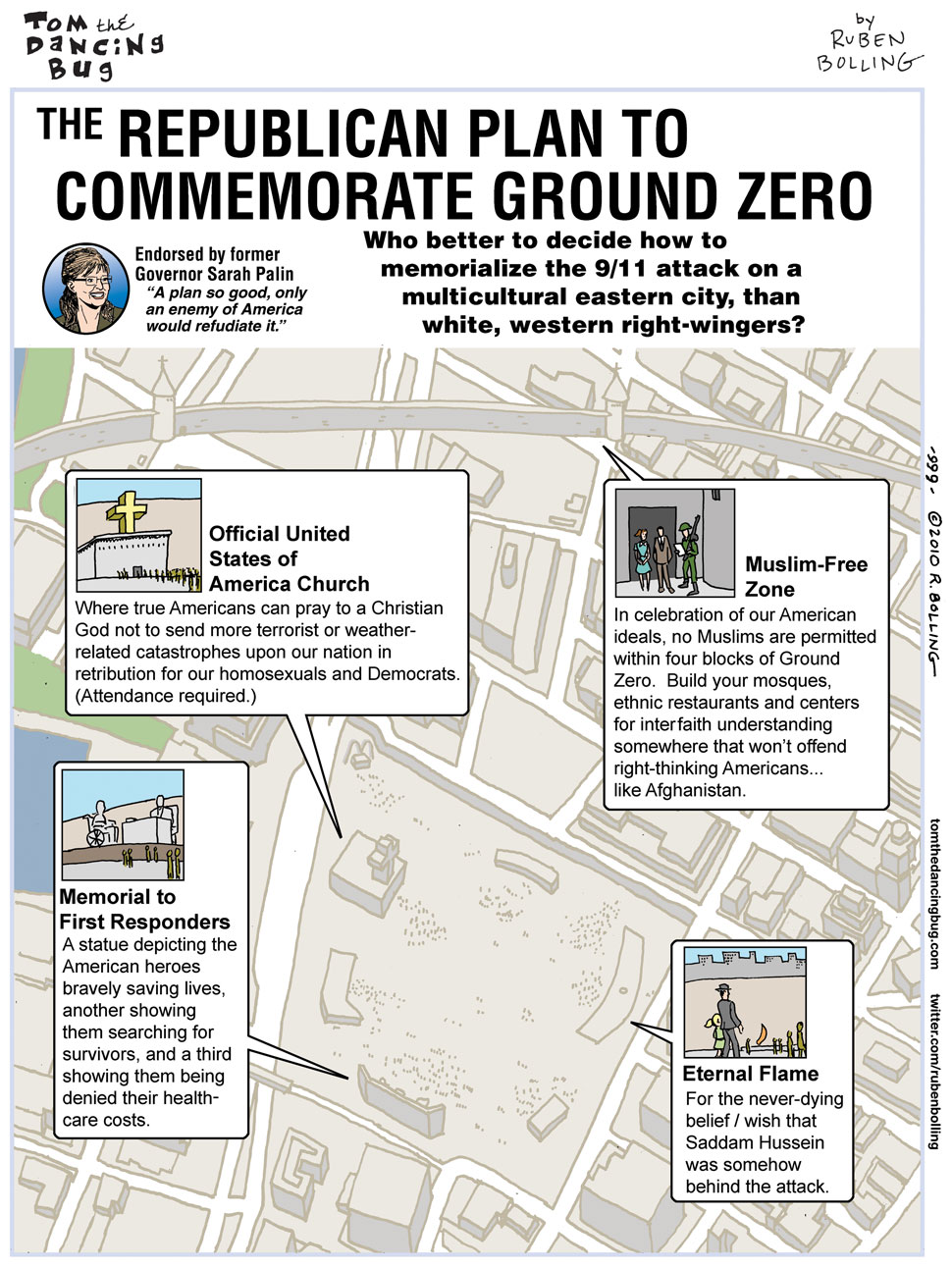Holy crap, can I vote in the next New York City election? That is, can I vote for Bloomberg to move to Canada and run for office?
“On that day, 3,000 people were killed because some murderous fanatics didn’t want us to enjoy the freedoms to profess our own faiths, to speak our own minds, to follow our own dreams, and to live our own lives. Of all our precious freedoms, the most important may be the freedom to worship as we wish. And it is a freedom that even here — in a city that is rooted in Dutch tolerance — was hard-won over many years.”
This is in reference to the so-called “Ground Zero Mosque“. Bloomberg had expressed his opposition to the attempts to block the building previously, but this was a great speech in support of civil rights and personal freedoms. While I’m not thrilled about the “God’s love and mercy” part, I recognize a political pander when I see one. Secular society requires us to respect the rights of people to think and believe as they like, even if we don’t agree with them.
For the text of the speech, you can click here.

